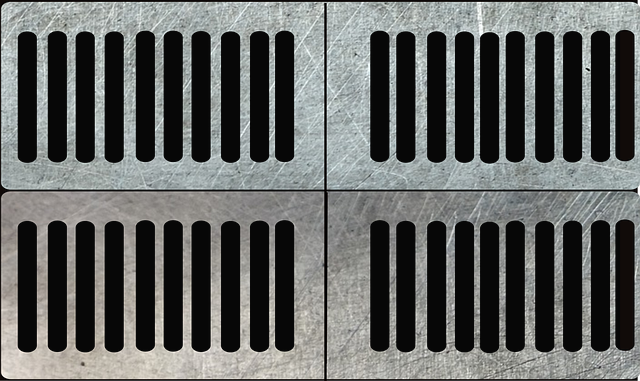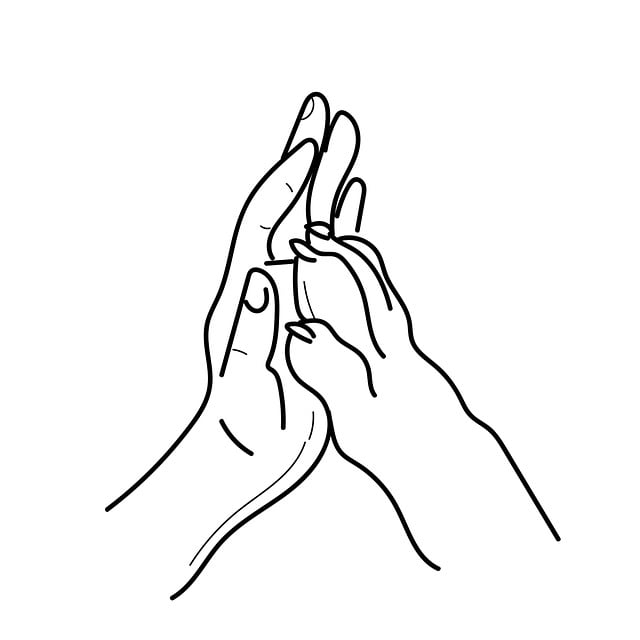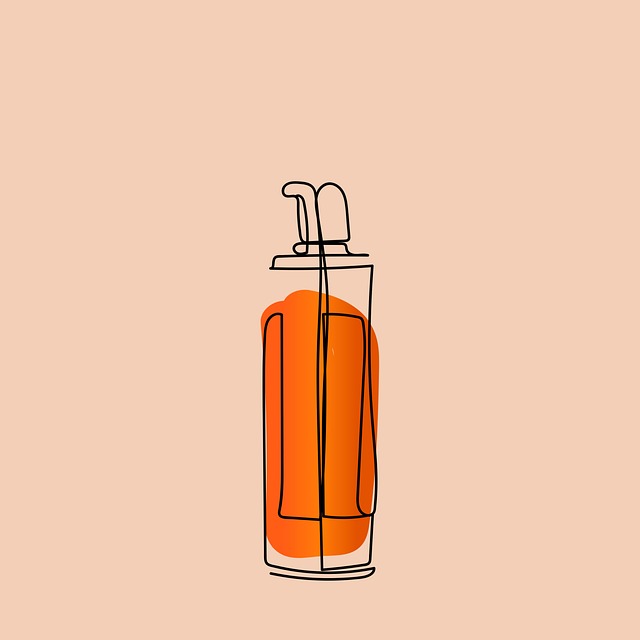Hydro Jetting, a modern sewer line repair solution, offers an eco-friendly alternative to traditional methods. Using high-pressure water jets, it clears blockages and restores pipe integrity without excavation. This comprehensive Sewer Line Repair Guide compares hydro jetting to manual rodding and chemical cleaners, emphasizing its advantages for complex issues like corrosion and severe clogs. The guide recommends hydro jetting based on visibility, power, and suitability for certain damages, while traditional methods are cost-effective for minor problems with direct inspection but cause property disruption. Choose the best technique according to blockage type, pipe damage extent, and budget.
In the realm of sewer line repair, two modern approaches stand out: Hydro Jetting and traditional methods. Understanding these techniques is key to making informed decisions for your home or business. This comprehensive Sewer Line Repair Guide delves into the ins and outs of each method, highlighting their unique advantages and disadvantages. Whether you’re faced with clogged pipes or infrastructure maintenance, knowing which option suits your needs best can save time, money, and potential headaches.
- Understanding Hydro Jetting: A Modern Approach to Sewer Line Repair
- Traditional Sewer Repair Methods: The Conventional Ways to Fix Clogged Pipes
- Comparing the Two: Advantages, Disadvantages, and Choosing the Best Option for Your Needs
Understanding Hydro Jetting: A Modern Approach to Sewer Line Repair

Hydro Jetting represents a modern and effective approach to sewer line repair, offering a powerful solution for maintaining efficient plumbing systems. This method involves using high-pressure water jets to clear blockages and restore the integrity of pipes. It’s not just about unclogging drains; it’s a comprehensive Sewer Line Repair Guide that addresses the root causes of issues.
By employing hydro jetting technology, professionals can navigate challenging sewer line terrain with precision, reaching difficult-to-access areas without the need for invasive excavation. This non-destructive technique is an environmentally friendly alternative to traditional methods, preserving the surrounding infrastructure while effectively fixing sewer lines. It’s a testament to how modern innovations are transforming the plumbing industry, ensuring faster, more efficient, and sustainable Sewer Line Repair Guide solutions.
Traditional Sewer Repair Methods: The Conventional Ways to Fix Clogged Pipes

Traditional methods for sewer line repair involve a range of conventional techniques designed to address blocked or damaged pipes. One common approach is manual rodding, where skilled technicians use long metal rods to clear obstructions by pushing and twisting them through the pipe. This method has been used for decades and remains effective for minor blockages caused by grease buildup or foreign objects.
Another traditional sewer line repair technique is the use of chemical drain cleaners. These powerful substances are poured into the affected pipes, breaking down clogs and clearing debris. While quick and efficient for simple clogs, their effectiveness diminishes with more complex issues like pipe corrosion or severe blockages. As a result, many professionals now prefer hydro jetting as it offers a more comprehensive solution, making it a go-to option in the sewer line repair guide for addressing a wider array of problems.
Comparing the Two: Advantages, Disadvantages, and Choosing the Best Option for Your Needs

When comparing hydro jetting and traditional sewer repair methods, understanding their advantages and disadvantages is key to selecting the best option for your specific needs. Hydro jetting involves using a powerful stream of water to clear blockages and break up stubborn debris within pipes, making it highly effective for clearing severe clogs. This non-invasive technique also allows for better visibility into pipe conditions, as it can detect hidden issues like cracks or root intrusions that might be obscured by traditional repair methods. However, it may not be suitable for all situations, particularly when extensive pipe damage is involved, as it could further weaken structural integrity.
Traditional sewer repair, on the other hand, offers a more hands-on approach, involving digging to access and fix pipes. This method can be cost-effective for smaller issues or localized clogs. It also allows for direct inspection and repairs, ensuring that any underlying problems are addressed. Yet, it can cause disruption to your property and is less efficient in terms of clearing heavy blockages. For a comprehensive Sewer Line Repair Guide, consider the nature of the blockage, the extent of pipe damage, and the budget allocated before choosing between these two effective yet contrasting techniques.
When it comes to choosing the best sewer line repair method, hydro jetting offers a modern, efficient solution with its high-pressure water technology. However, traditional methods still have their place for specific cases. Understanding the advantages and disadvantages of each approach is key. For complex or severe issues, hydro jetting’s versatility and cleanliness make it a top choice. Yet, traditional methods remain cost-effective and suitable for smaller-scale repairs. Ultimately, a comprehensive Sewer Line Repair Guide should consider these options, ensuring the most suitable solution for every situation.
